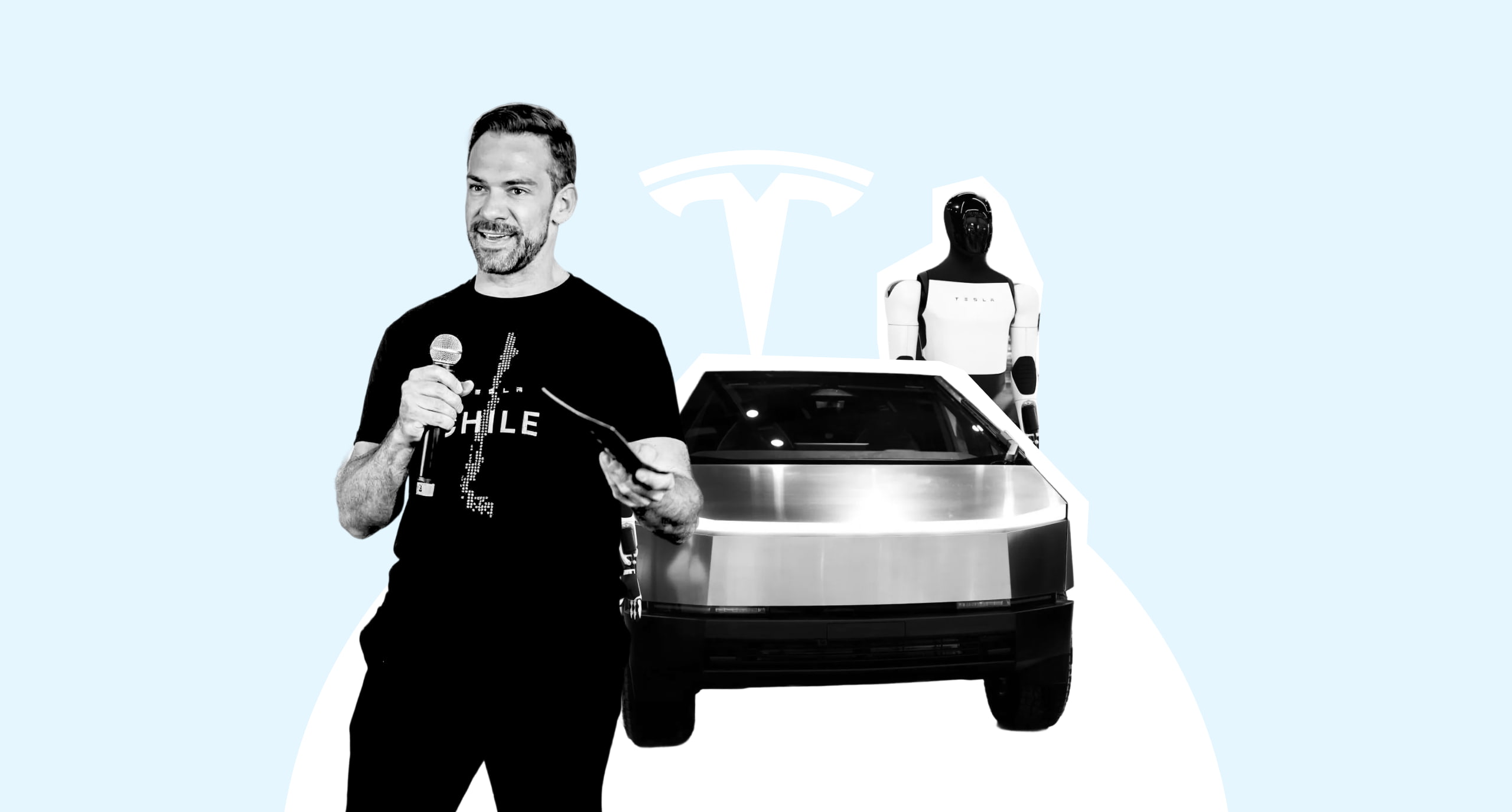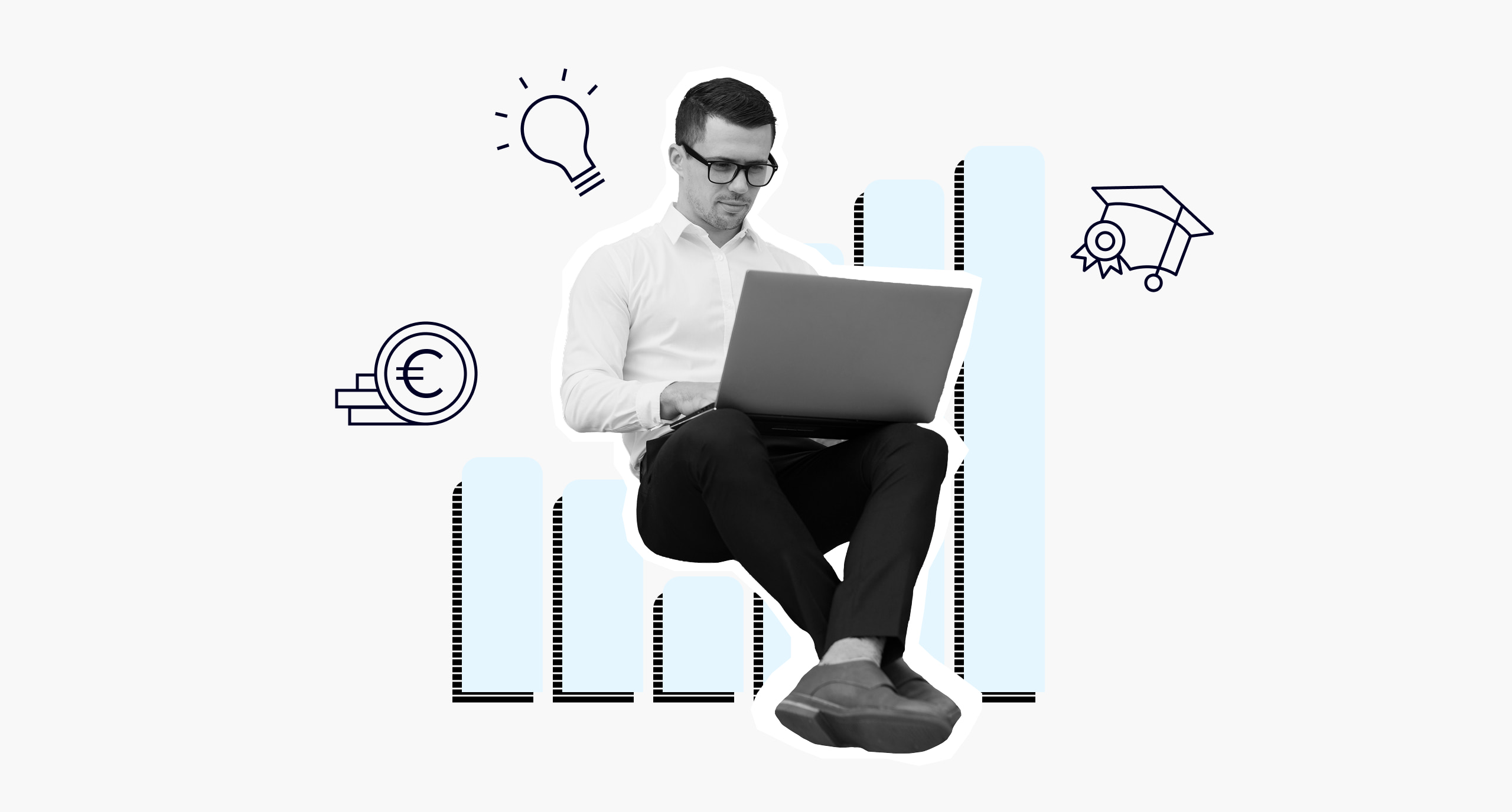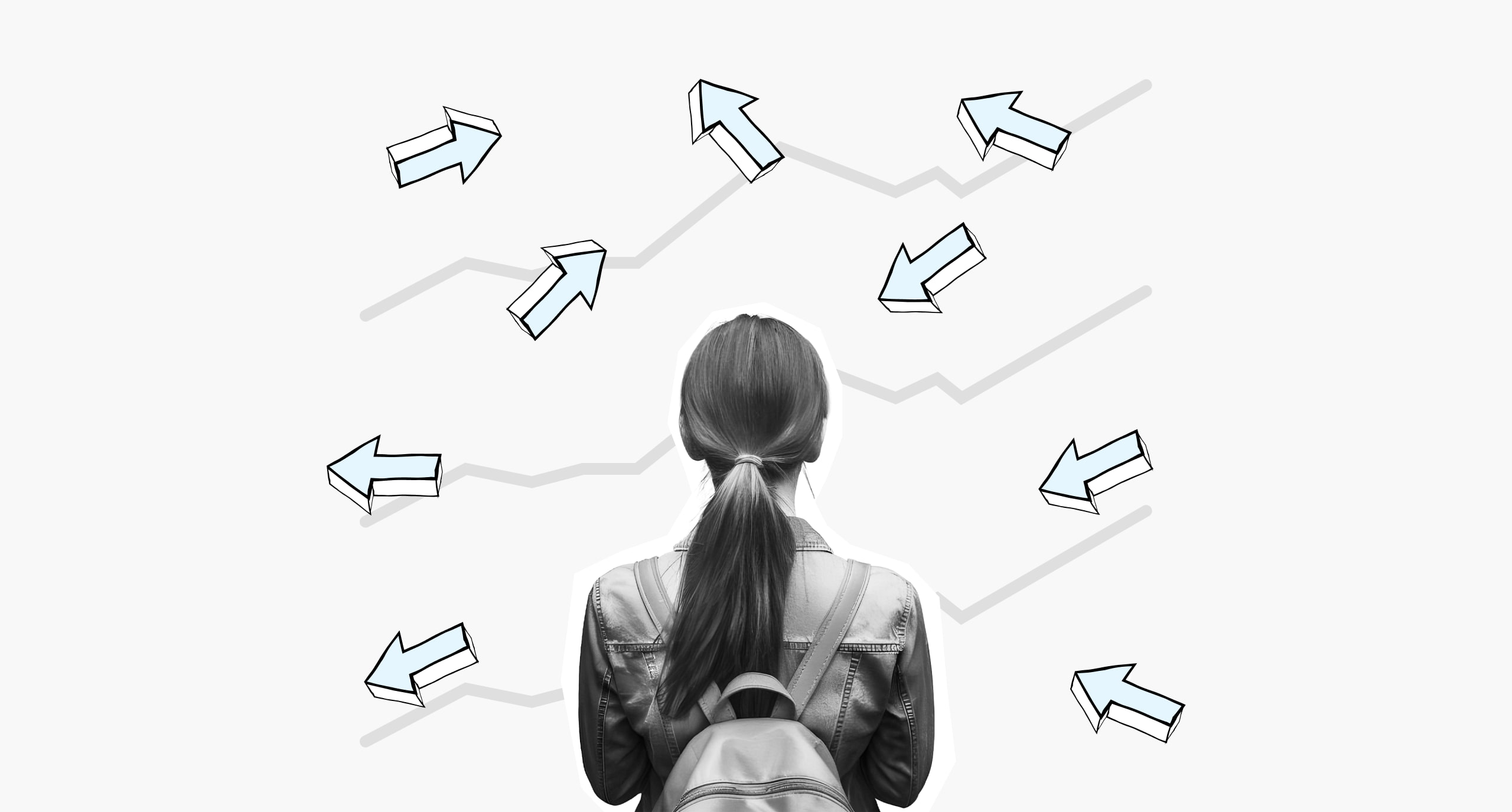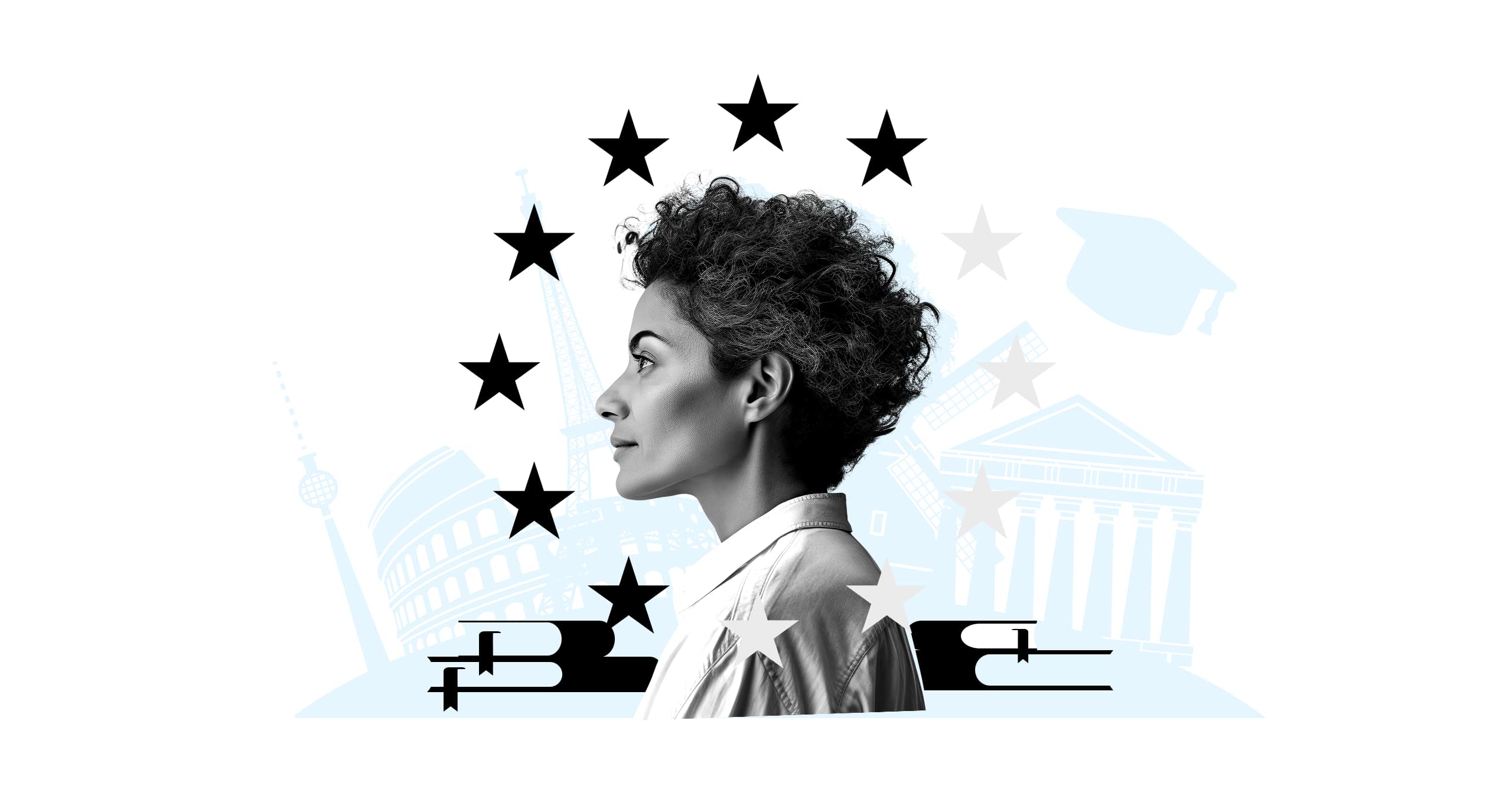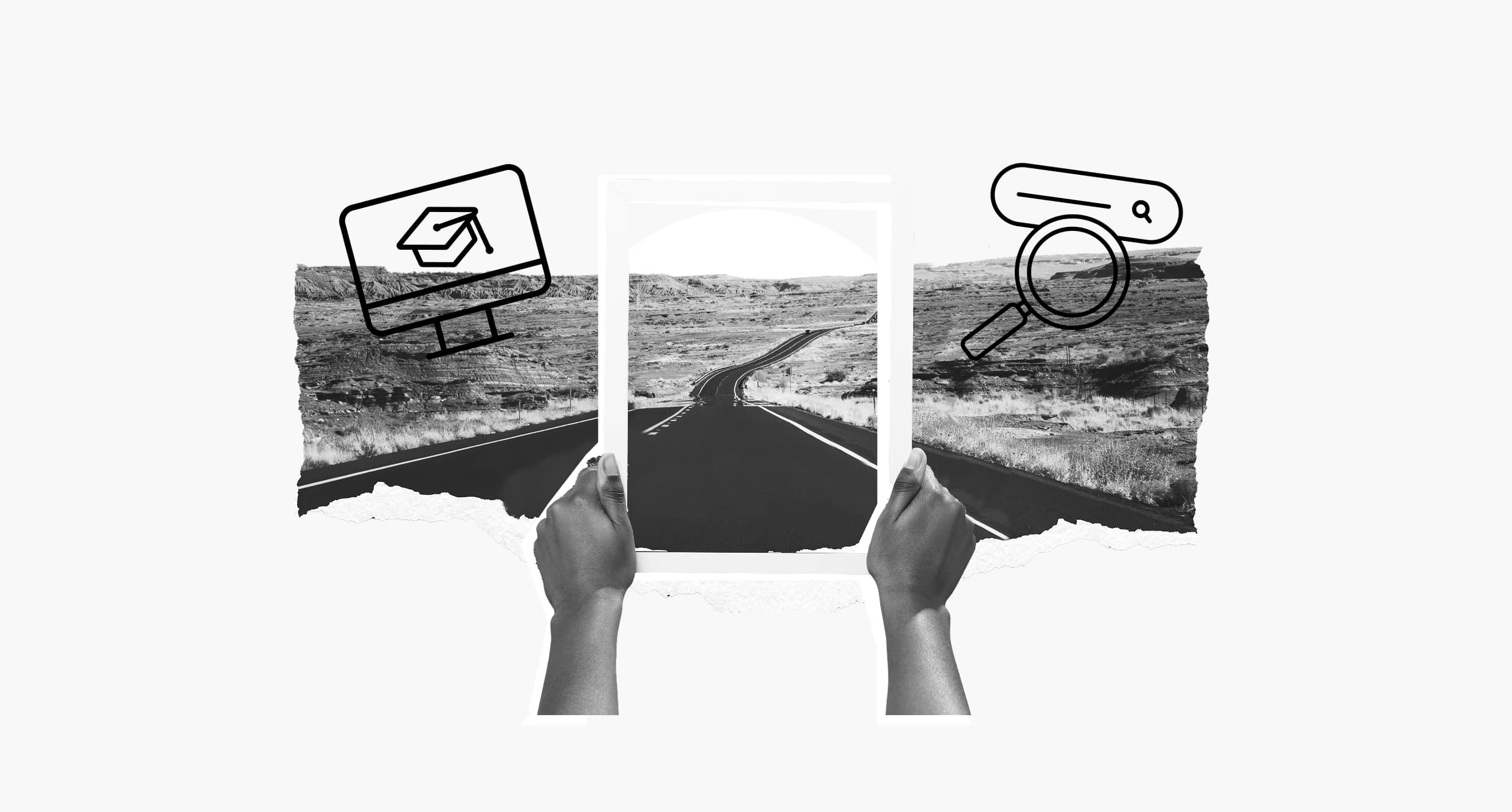Having a career in product and customer service design means an important mindset shift: you can’t be content with just creating things that look nice. That means understanding your MVP and assessing how products, services and organizations affect the consumer on a tangible level. Where do you create value? What makes you stand out from business competitors? You need the answers to each of these questions.
Whether you’re interested in designing physical products, improving digital platforms, or rethinking entire service journeys, the skills are the same: research, design thinking, prototyping and iteration. By mastering these tools, you can position yourself for the most innovative roles.
What is product and service design?
Product and service design are two connected fields. Product design focuses on developing physical or digital items that solve problems and align with brand goals. This process combines user research, prototyping and testing—with usability and aesthetics in harmony, products are set to deliver strong customer experiences.
Service design, by contrast, looks at the systems and interactions that shape how people use services. It considers everything from front-end touchpoints to back-end operations to create seamless, consistent experiences. A service designer doesn’t just ask whether something looks good—they investigate how it works across every channel and moment of interaction.
Together, product and service design shape the way people connect with organizations, making innovation tangible and impactful.

While they differ in focus, the two areas often overlap. A product like Airbnb’s app is also the entry point to a broader service. Spotify is a service that relies on well-designed digital products. Uber is both—a mobile product that enables a new kind of ride-hailing service. This crossover is exactly why skills in design thinking agile methods, and customer experience have huge transversal benefits in so many different careers.
What are the 5 principles of service design?
To work in service design, you should ensure you’re working around the five guiding principals that were first outlined in This is Service Design Thinking.
1. User-centered: Design around the real needs of people.
2. Co-creative: Bring in stakeholders and users to shape solutions together.
3. Sequencing: Map experiences across multiple touchpoints as a connected journey.
4. Evidencing: Make intangible services visible and trustworthy with clear cues.
5. Holistic: Consider the entire ecosystem, ensuring all parts work together seamlessly.
These principles remind us that great services don’t happen by accident. They’re the product of careful research. Later frameworks have expanded them with more detail, but these core characteristics are still the cornerstone for anyone wanting to work in product and service design.
The design process also often follows the Double Diamond: research and insights, defining the problem, ideating solutions, prototyping, testing, and refining. This structured yet flexible approach allows designers and managers alike to tackle uncertainty and create innovations that stick.
What is an example of service design?
Strong service design transforms everyday experiences by solving pain points and making interactions effortless. McDonald’s, for example, reinvented the drive-in by simplifying its menu and optimizing workflows. That spirit of service design continues today with digital ordering kiosks that improve speed and convenience.
Uber is another clear example. Its app eliminated the uncertainty of traditional taxis by showing users the price, route, and driver information upfront. Lime’s e-scooters tackled the “last mile” challenge in urban travel, giving people a flexible way to get from transit stops to their final destination.
In healthcare, the AKH hospital in Vienna redesigned its waiting process by drawing insights from other industries, like airports and train stations, reducing stress for patients and families.
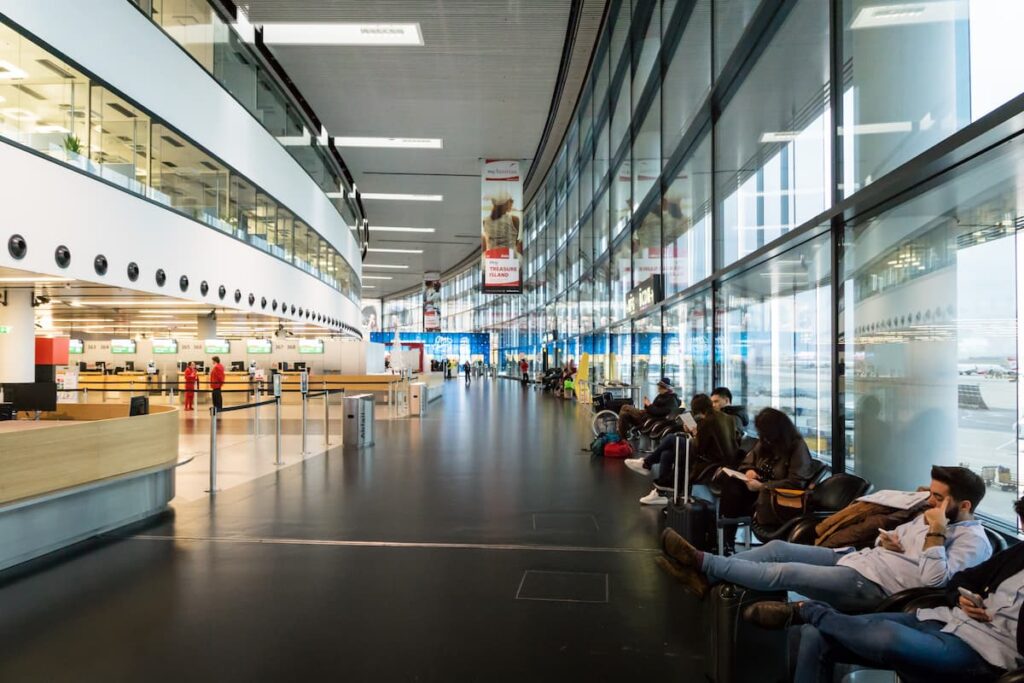
These cases show how service design works in practice: it identifies friction points, reframes them as opportunities, and delivers solutions that change how people live and work.
How can you find careers in product and service design?
So, the million-dollar question. How can you find careers in product and service design? The good answer is that there are multiple career paths. For example, you might opt for agencies and consultancies to get cross-industry exposure across many industries in a short time, sharpening your design toolkit. In-house roles let you go deeper in one sector, developing expertise and seeing projects through from start to finish. Freelancing offers independence and flexibility, though it requires self-management and resilience. Startups provide ownership and fast growth but come with higher risks. Public-sector roles allow you to improve essential services at scale, often using established frameworks like the UK’s Government Digital Service.
Product managers also play a key role in this space.
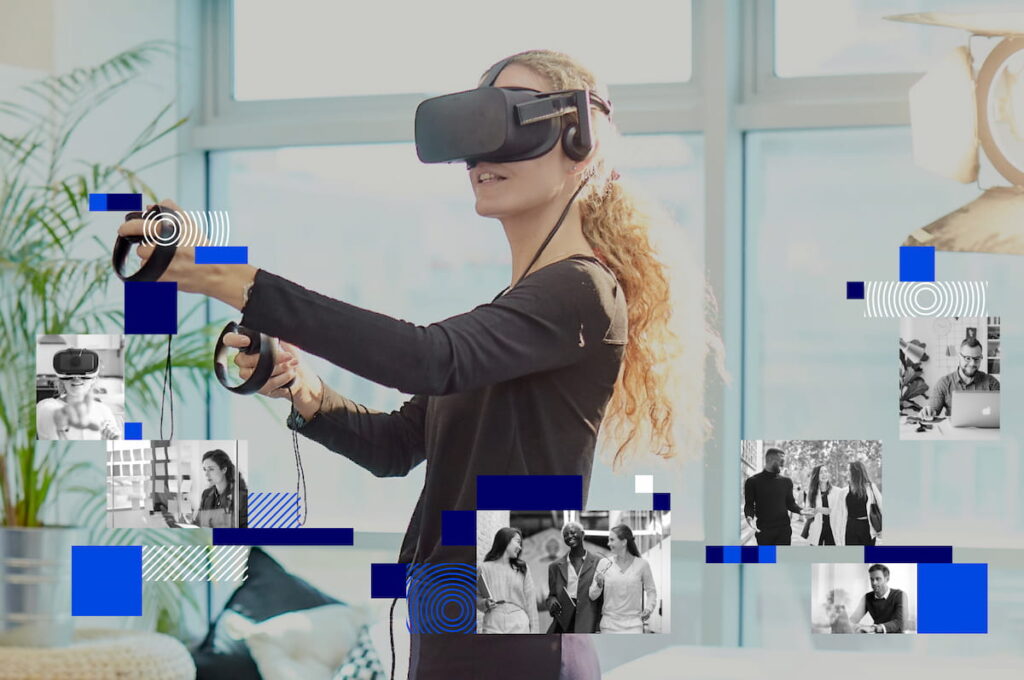
Unlike product designers, they typically oversee a finished product but apply many of the same tools—design thinking, Agile, Scrum, and Lean—to refine features, prioritize improvements, and align teams around user needs. They work hand in hand with designers to make sure the product not only functions but also evolves to meet customer expectations.
Why study the Master in Customer Experience & Innovation?
If you want to build a career in this space, specialized training can set you apart. The Master in Customer Experience & Innovation at IE Business School equips you with the skills and mindset to design products, services, and experiences that drive real business value. You’ll cover product innovation, service and experience design, growth strategy and innovation skills, all within an immersive, human-centered framework.
This master’s teaches you transversal skills that are applicable to the design of product and services as well as product management. Upon graduating, you’ll be prepared to connect creativity with strategy and lead innovation wherever your career takes you.
The Master in Customer Experience & Innovation is one of the top degrees in business and marketing in Spain.

This master’s teaches you transversal skills that are applicable to the design of product and services as well as product management. Upon graduating, you’ll be prepared to connect creativity with strategy and lead innovation wherever your career takes you.
Start your career in product and service design
Find out how the Master in Customer Experience & Innovation can bring you long-term success.
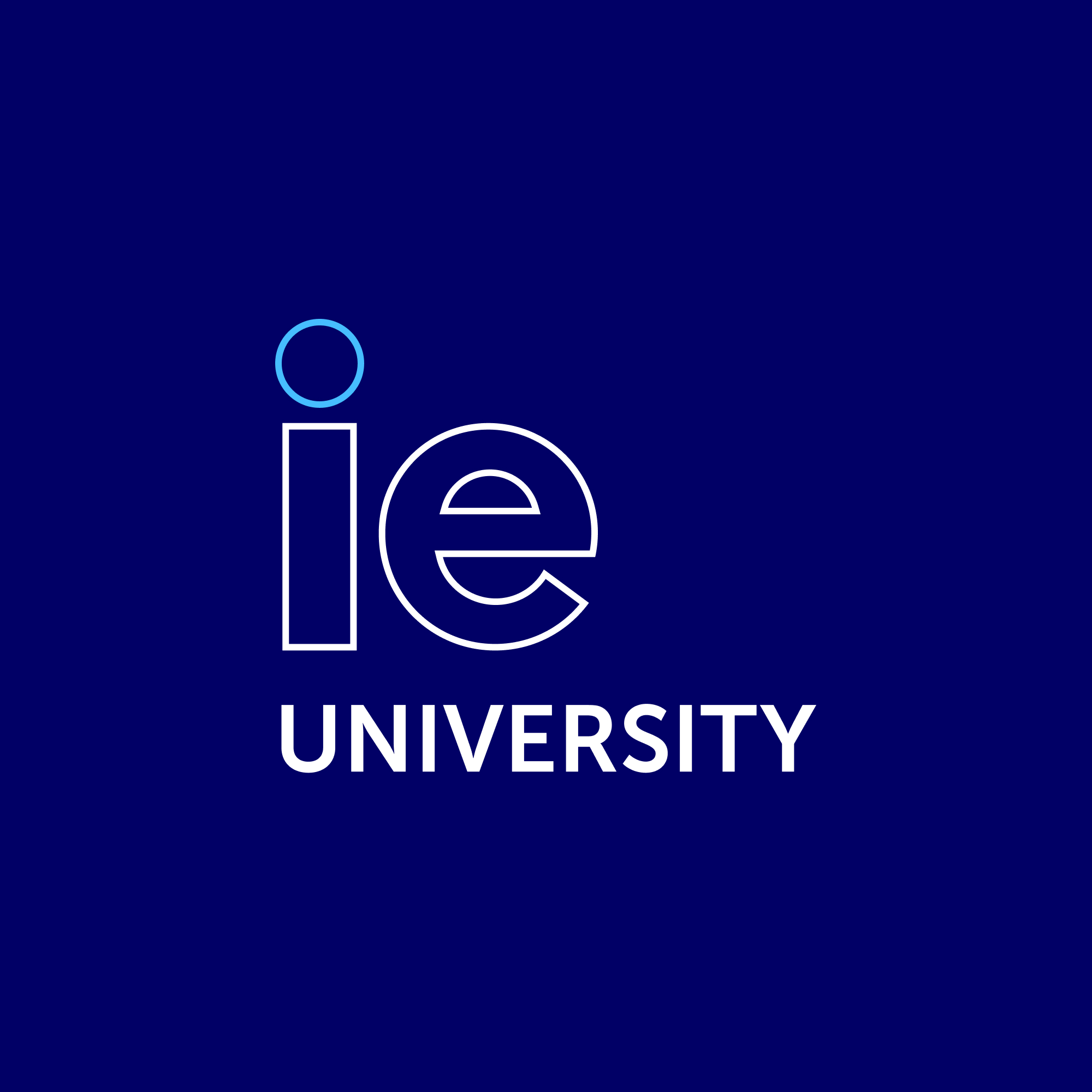
Benjamin is the editor of Uncover IE. His writing is featured in the LAMDA Verse and Prose Anthology Vol. 19, The Primer and Moonflake Press. Benjamin provided translation for “FalseStuff: La Muerte de las Musas”, winner of Best Theatre Show at the Max Awards 2024.
Benjamin was shortlisted for the Bristol Old Vic Open Sessions 2016 and the Alpine Fellowship Writing Prize 2023.

